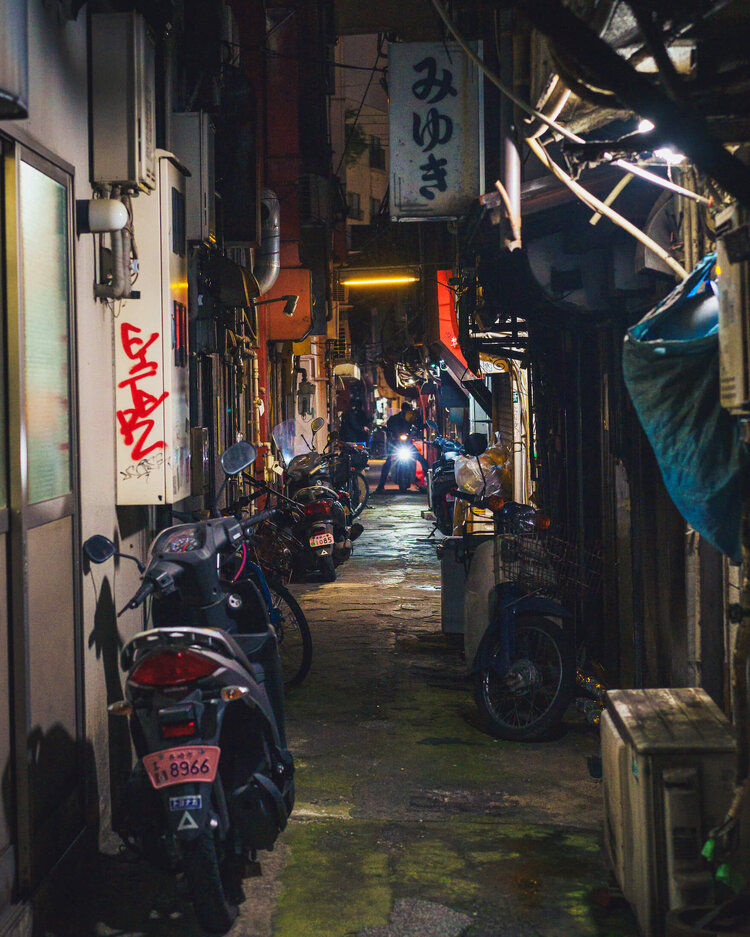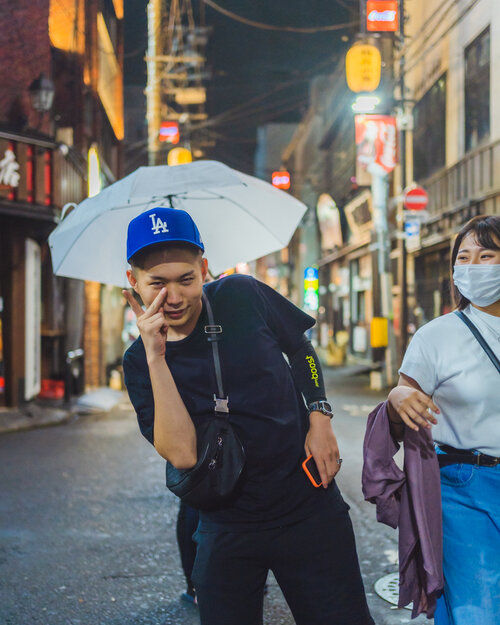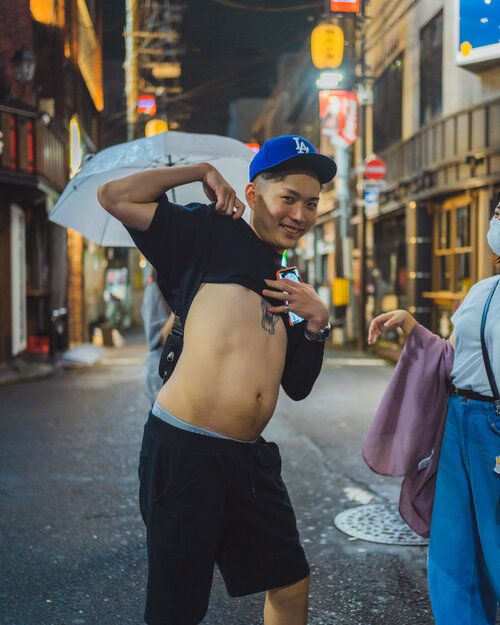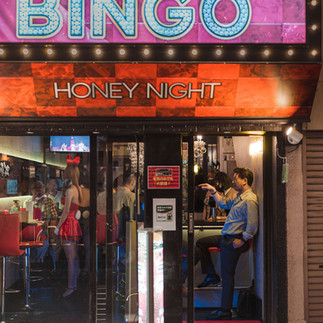Photographing Japans Always Entertaining Entertainment Districts
- Deniz Demir

- Aug 17, 2021
- 4 min read
Updated: Mar 5, 2025
I’d like to think I’ve seen a fair bit of Japan. From the very northern prefecture of Hokkaido to the southern tip of Kagoshima and a good chunk in between. There are 47 prefectures in Japan and many of them I think can proudly boast their own regional differences and uniqueness. From dialect to local cuisine, weather and even amongst a 97.8% homogenous society, ethnical diversity from the Ainu in the north to the Ryukyuans in the south. Japan can indeed be a fantastical and varied country.

But there are probably many more common bonds that tie almost all of Japan together. Aside from the obvious ramen noodles and sushi, countrywide love for the most bizarre festivals (have you heard of the Kanamara Penis Festival?) and more vending machines per capita than anywhere in the world (4.1 million across the country!). If there is one thing that Japan knows and knows well, it’s entertainment. The term entertainment in Japan is diverse and includes everything from shopping, bars, restaurants, nightclubs, karaoke and casually mixed in are the countries more sinful pleasures. Everything from love hotels, host and hostess clubs to, well, use your imagination. It’s where the cities dwellers go to blow off steam from a days work and tourists flock in search of excitement and fantasy. The biggest one in Asia is Tokyo’s own Kabukichō district which has transformed from a residential area to a world-famous red-light district with over three thousand bars, nightclubs, love hotels, massage parlours, hostess clubs and the like. Other well-known districts include Sapporo’s Susukino, Fukuoka’s Nakasu and Shianbashi in Nagasaki. But almost any Japanese city of decent size has and ‘entertainment district’ and regardless of where your moral compass lies they are almost always visually fascinating places to take in. Simply put, to get to the good stuff you’ll have to put away the guide book or any google recommendations and wade deep into places unknown at times of the night where you’ve been told no good can come from. Not recommended advice for almost any country in the world when you’re carrying thousands of dollars of camera equipment alone at night.
Simply put, to get to the good stuff you’ll have to put away the guide book or any google recommendations and wade deep into places unknown at times of the night where you’ve been told no good can come from.
Unlike other parts of the world where these entertainment activities are known to be clustered together, Japan’s entertainments districts are relatively safe. This is not to say you won’t find trouble because putting yourself in the wrong situation with the wrong establishment can be very costly, although most people are victims of financial scams and frauds like wildly inflated end of the night bills. Crime most definitely exists in these areas but it’s a lot less visible and much less of the violent variety than what foreigners might be accustomed to.


Add in a huge splash of Yokochos (Japanese alleys full of bars and restaurants) colourful (drunk?) characters (there’s always at least one like my man on the left) and beautiful neon painting the streets at seemingly every turn and you have an aesthetic that’s visually attracted me from my very first trip out here. Many of the large cities in Japan have a retro-futuristic look and feel to them and these entertainment areas especially always have that old-traditional Showa-era x Ridley Scott cyberpunk vibe that permeates a lot of Japan night street photography especially.
“Buncho” before day gives way to night…
Recently I was blessed to spend some time in the northern city of Sendai in Miyagi prefecture. Not a place often frequented by tourists but still Japan’s 12th largest city. It was Tanabata festival which for some reason is celebrated 1 month later than the rest of Japan but Sendai’s festival is the countries largest celebration nonetheless. Large parts of the city were beautifully decorated in paper lanterns and scores of people wearing their traditional yukata’s, but I repeatedly found my way back to Kokubuncho, the entertainment district of Sendai.

Want to do any shopping? Sunmall Ichibancho Shopping Arcade in Kokubuncho. Want to try local cuisine like Gyūtan (grilled beef tongue)? Hit up Kokubuncho. Kokubuncho, or as the locals call it ‘buncho’ covers a lot of ground and on your next visit to Sendai I’m sure you’ll inevitably find yourself there as well whatever your reasons.
Below are a collection of some of my favourite night photos from the trip so I hope I can give you a good feel for it all. More photos up on my Instagram which you can find here.
As always, thanks for reading and feel free to leave a comment or question below.
d.
TECHIE STUFF: I brought a range of lenses with me most nights but I always found myself going between my Sony 35mm 1.8 and the Sony 55mm 1.8 while on this trip. There was enough street light to work with to keep my apertures around 2.5 for the most part as I don’t like to push the max aperture on a lens if I can get away with it. I typically keep everything on Manual as I want full control over all the settings including ISO as I find the Sony A7iii at least tends to max out the ISO first to give you more room in your other settings. This is sometimes unnecessary and can tend to add a lot of grain to your images. I know a lot of photographers might opt for Aperture priority or Shutter priority but it’s just a personal preference and I think I’ve become fast enough on the field now to adjust my settings on the fly as needed. In retrospect I would have loved to shoot with my Sigma 24mm 1.4 to take in even more of the wide streets but that will be for my next visit back!






















































Comments